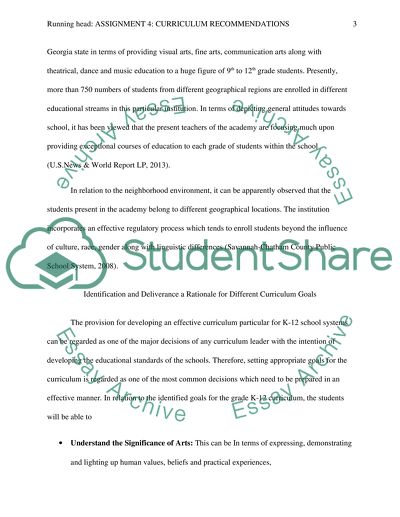Cite this document
(“Assignment 4: Curriculum Recommendations Example | Topics and Well Written Essays - 1750 words”, n.d.)
Assignment 4: Curriculum Recommendations Example | Topics and Well Written Essays - 1750 words. Retrieved from https://studentshare.org/education/1480352-assignment
Assignment 4: Curriculum Recommendations Example | Topics and Well Written Essays - 1750 words. Retrieved from https://studentshare.org/education/1480352-assignment
(Assignment 4: Curriculum Recommendations Example | Topics and Well Written Essays - 1750 Words)
Assignment 4: Curriculum Recommendations Example | Topics and Well Written Essays - 1750 Words. https://studentshare.org/education/1480352-assignment.
Assignment 4: Curriculum Recommendations Example | Topics and Well Written Essays - 1750 Words. https://studentshare.org/education/1480352-assignment.
“Assignment 4: Curriculum Recommendations Example | Topics and Well Written Essays - 1750 Words”, n.d. https://studentshare.org/education/1480352-assignment.


